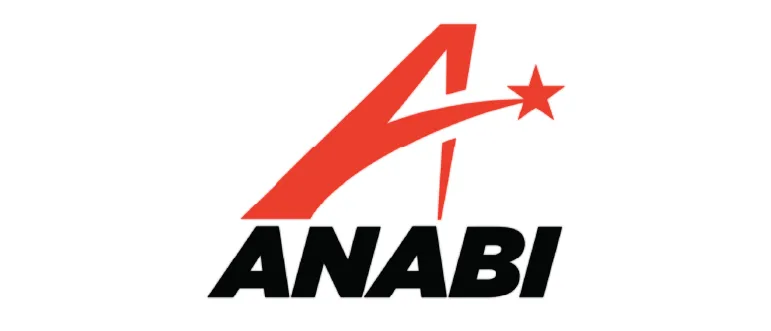For the U.S. consumer packaged goods industry, e-commerce is a three-horse race between Walmart.com, Amazon and direct to consumer (DTC). Despite its massive audience and its potential to drive domestic sales, Walmart.com has remained a distant third for marketers looking to grow their e-commerce revenue. This is all about to change.
 When it comes to Walmart.com, e-commerce marketing has historically been more challenging for brands trying to break into its platform. In the past, the company has been less transparent about how it prioritizes brands and categories, and it offers fewer tools to help marketers optimize their Walmart.com strategies.
When it comes to Walmart.com, e-commerce marketing has historically been more challenging for brands trying to break into its platform. In the past, the company has been less transparent about how it prioritizes brands and categories, and it offers fewer tools to help marketers optimize their Walmart.com strategies.
Meanwhile, there aren’t as many outside experts to help companies build success on Walmart.com as there are for Amazon. Without the depth of experience of an external partner, brand marketers have been forced to make decisions about how to elevate their products on Walmart.com with less data.
But Walmart has been working to alleviate these pain points. If you’ve tried and failed to build your brand through Walmart.com in the past, new changes to the retail platform warrant a second look. As Walmart.com undergoes extensive changes to its internal structure and its external user experience, CPG brands have an opportunity to be early adopters of these new tools and strategies for success.
An improved user experience for customers and sellers
The upgrades to Walmart.com’s user experience are twofold, and both improve the selling opportunities for CPG brands. From a customer perspective, the e-commerce site has overhauled its aesthetics, offering a clearer focus as well as improved site navigation and search tools. A more user-friendly interface increases shopping activity, which increases product sales opportunities.
Walmart is combining its teams of buyers in an effort to turn e-commerce into a profitable business. Suppliers can now seamlessly partner with Walmart on pricing and assortment online and in-store. This also unifies customer experience, and no matter where they choose to shop, they’ll have the same low prices.
Better tools to market your products
Walmart.com has now partnered with a handful of self-serve platforms that make it easier for small and mid-sized brands to manage their own media instead of depending on Walmart.com’s internal teams to manage these changes. Brands can now exercise greater control over the optimizations needed to maximize product visibility and ranking in relevant searches.
Within the self-serve platforms offered by Walmart.com, CPG brands have better tools to elevate product visibility through both organic and paid means. One example is the ease of purchasing sponsored product placements, which can now be purchased directly through partnered self-serve platforms.
Marketers can optimize their bidding to guarantee that their ads appear above competitor listings — a great tool for outsider brands looking to raise brand awareness in their category. Walmart.com also offers a cost-per-click (CPC) auction methodology that differs from Amazon, setting winning CPC bid prices according to the highest bid. This prevents competing brands from overbidding in an effort to drive up the winning bid price, which is commonplace on Amazon.
More recently, Walmart.com announced the debut of Walmart Fulfillment Services to give third-party sellers the option of paying Walmart to store, pack and ship items sold through its platform. This mirrors a similar fulfillment service already offered by Amazon and can streamline Walmart.com selling strategies while potentially speeding up order delivery time lines.
Grocery pickup and delivery continue to expand
As Walmart.com expands its grocery pickup and delivery services across Walmart’s network of brick-and-mortar stores, this e-commerce channel provides a valuable opportunity for CPG brands—especially brands selling perishable products.
Walmart is looking to attract more consumers on its online grocery shopping experience by adding Walmart Grocery to its main app. It has operated two separate apps for years. This meant shoppers had to download and switch between two separate online experiences. The setup limited Walmart Grocery’s overall reach, as users of the traditional app did not know grocery was available. These changes mean a more seamless shopping experience but also a unified marketing approach for suppliers.
Because Walmart.com offers less visibility into its system and how it works, it can take more time for CPG brands to figure out what success looks like through this channel. Patience is a must when launching a Walmart.com strategy. But as Walmart pours more resources into building e-commerce success, CPG brands would be wise to revisit this channel and build a marketing strategy that takes advantage of these new retail opportunities.
Melinda Clark is vice president of strategic solutions at Bold Retail in Bentonville, Ark.





